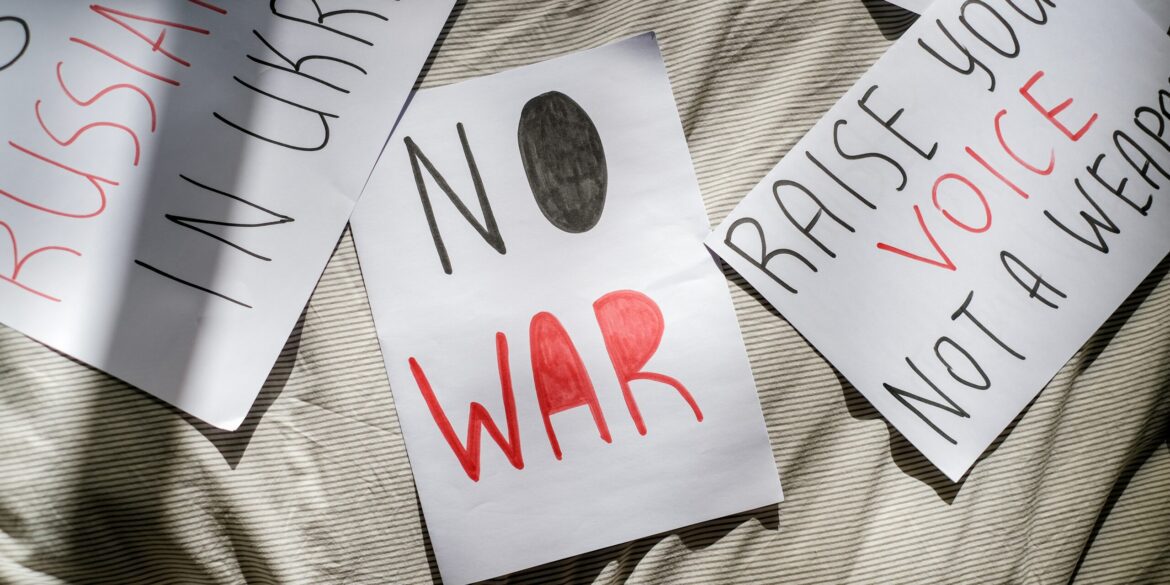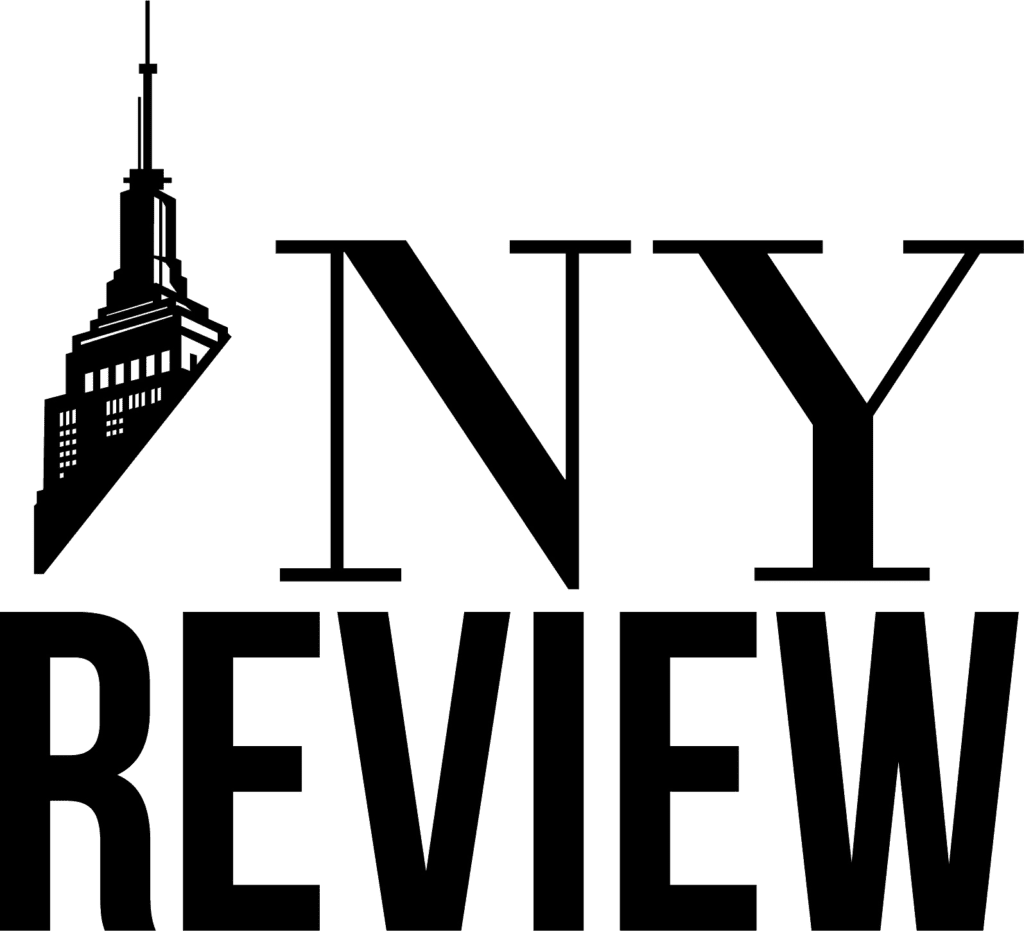On May 29, 2024, Americans took to the streets across the nation to demand stronger gun control laws and action on gun violence. The National Gun Violence March, held in cities from coast to coast, was a direct response to the rising number of mass shootings and the ongoing epidemic of gun violence in the United States. The march united people from all walks of life—victims, survivors, activists, and concerned citizens—in a collective call for change.
A National Demand for Action
The march was organized by a coalition of gun control organizations, including Everytown for Gun Safety, Moms Demand Action, and March for Our Lives. These groups have been advocating for stricter gun laws for years, but the recent uptick in mass shootings and the ongoing violence in communities across the country has spurred renewed urgency. In the wake of several high-profile tragedies, including mass shootings in schools, churches, and public spaces, Americans from every corner of the country rallied together to demand comprehensive gun reform.
One of the central messages of the march was the call for universal background checks for all gun purchases. Currently, federal law does not require background checks for private sales or transfers of firearms, including at gun shows and online marketplaces. Advocates argue that closing this loophole is a crucial step toward preventing guns from falling into the wrong hands.
Another key demand was the reinstatement of the federal assault weapons ban, which expired in 2004. Assault weapons, often used in mass shootings, are designed for military-style combat and are capable of inflicting mass casualties. Gun control advocates argue that banning these weapons would reduce the number of deaths in mass shooting events.
Behind the Scenes: Organizing for Change
The National Gun Violence March was the result of months of organizing by grassroots activists, community leaders, and advocacy groups. Local organizers coordinated efforts to ensure that the march was inclusive, peaceful, and impactful. Volunteers worked to mobilize participants, arrange transportation, and secure permits for the marches in cities across the U.S.
Social media played a pivotal role in spreading the word about the march. Hashtags such as #EndGunViolence and #MarchForChange trended on platforms like Twitter and Instagram, as activists used digital tools to encourage participation and raise awareness. In addition to the physical marches, virtual events were held, allowing people to participate from home or share their stories with a global audience.
One of the most powerful aspects of the march was the presence of survivors and families of gun violence victims. These individuals shared their personal stories, recounting the pain and trauma caused by gun violence and calling on lawmakers to act. Their voices lent emotional weight to the march, underscoring the human cost of inaction on gun reform.
The Political and Legal Landscape
The National Gun Violence March was held at a time of heightened political division over gun control. While many Americans support stronger gun laws, others argue that such measures infringe on the Second Amendment right to bear arms. The political divide was evident in the rhetoric surrounding the march, with conservative politicians and groups opposing new gun restrictions, while liberal lawmakers pushed for stricter regulations.
In Congress, debates over gun control have stalled for years, with few significant measures passing despite widespread public support for reform. The march sought to put pressure on lawmakers to take action, particularly in the wake of mass shootings that have rocked communities across the country.
Several states have already passed stronger gun laws in response to public demand. For example, California, New York, and Illinois have enacted strict gun control measures, including bans on assault weapons and high-capacity magazines. However, other states, such as Texas and Florida, have relaxed gun laws in recent years, making it easier for residents to purchase and carry firearms.
Lasting Impact: A Movement for Change
The National Gun Violence March was a powerful reminder of the continued demand for action on gun control. The event galvanized communities across the U.S. and provided a platform for those who have been directly affected by gun violence to speak out. While the march itself was a one-day event, the conversations it sparked about the need for reform are likely to continue throughout the year, influencing the political and legal discourse around gun rights and gun control.
The march also highlighted the growing power of the grassroots gun control
movement, with young activists playing a leading role in organizing and advocating for change. The influence of organizations like March for Our Lives and Moms Demand Action has only increased in recent years, as more and more Americans become engaged in the fight for stronger gun laws.
As the debate over gun violence continues, it is clear that the National Gun Violence March has played a crucial role in raising awareness and mobilizing support for change. With elections just around the corner, candidates will have to address the issue of gun control head-on, as the American public continues to demand action.


